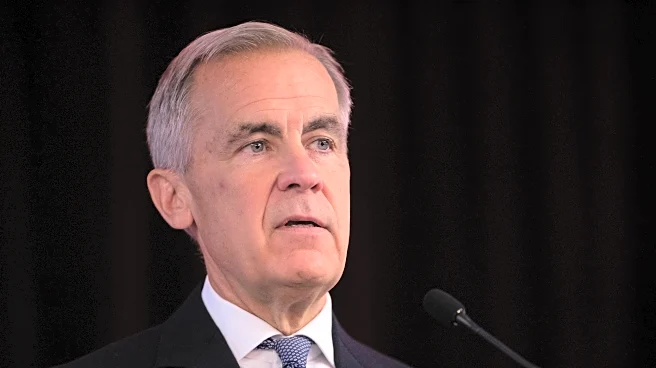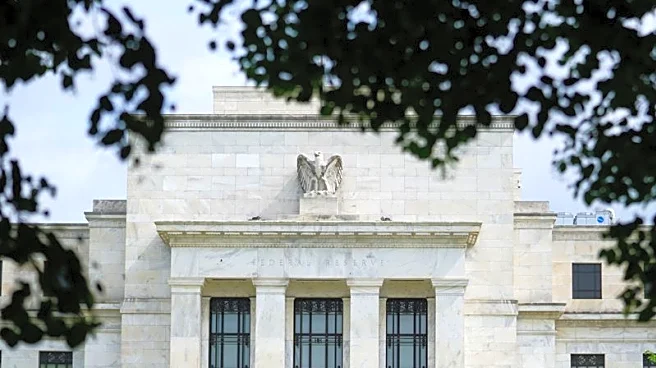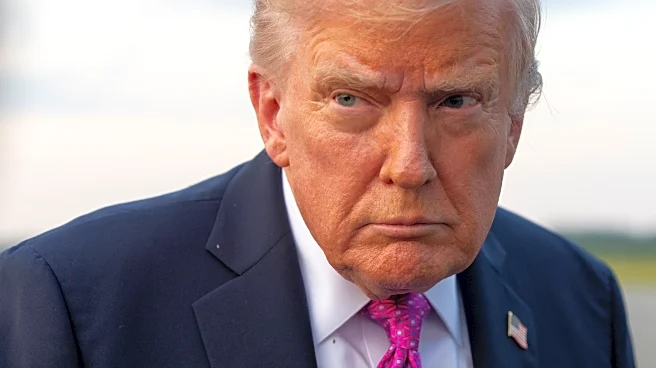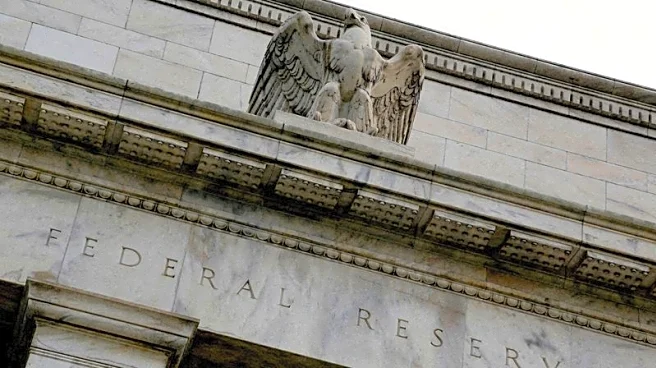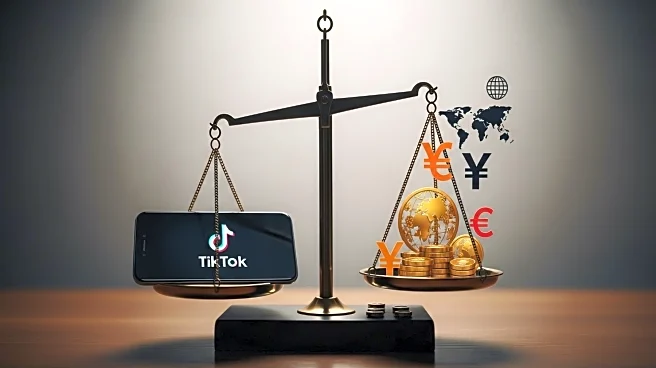What's Happening?
The Supreme Court has agreed to hear President Trump's appeal regarding tariffs imposed during his second term under the International Emergency Economic Powers Act (IEEPA). These tariffs, aimed at imports from China, Canada, and Mexico, were tied to declared emergencies concerning drug trafficking and illegal immigration. The case could lead to refunds for businesses if the court rules against Trump, affecting many tariffs but not those on steel and aluminum. Treasury Secretary Scott Bessent has indicated that the U.S. Treasury might need to issue refunds for about half of the tariffs, which could be detrimental to the Treasury. The court's decision is expected by June 2026, with arguments scheduled for November.
Why It's Important?
The potential ruling against the tariffs could have significant economic implications. Businesses affected by the tariffs might receive refunds, potentially boosting their financial health. However, consumers may not see immediate price reductions, as businesses have absorbed or passed on costs to suppliers. The decision could introduce economic uncertainty, impacting stock values and business strategies. The ruling could also affect U.S. trade policy, as the administration might seek alternative measures to impose tariffs, such as using Section 122 of The Trade Act of 1974, which allows temporary tariffs to address balance-of-payments deficits.
What's Next?
If the Supreme Court rules against the tariffs, the administration may implement a contingency plan using Section 122 of The Trade Act of 1974, allowing temporary tariffs for up to 150 days. The White House might also consider Section 301, which requires investigations into foreign government actions that burden U.S. commerce. Businesses will need to assess their eligibility for refunds and adjust their strategies accordingly. Consumers might see changes in inventory and prices over time, but immediate relief is unlikely. The decision could also influence broader economic factors such as inflation and unemployment.
Beyond the Headlines
The legal and economic dimensions of this case highlight the complexities of U.S. trade policy and its impact on global commerce. The use of IEEPA and potential alternatives like Section 122 and Section 301 reflect the intricate balance between national security and economic interests. The case underscores the challenges of managing trade deficits and the role of tariffs in addressing international trade practices. The decision could set precedents for future administrations in handling economic emergencies and foreign threats.

